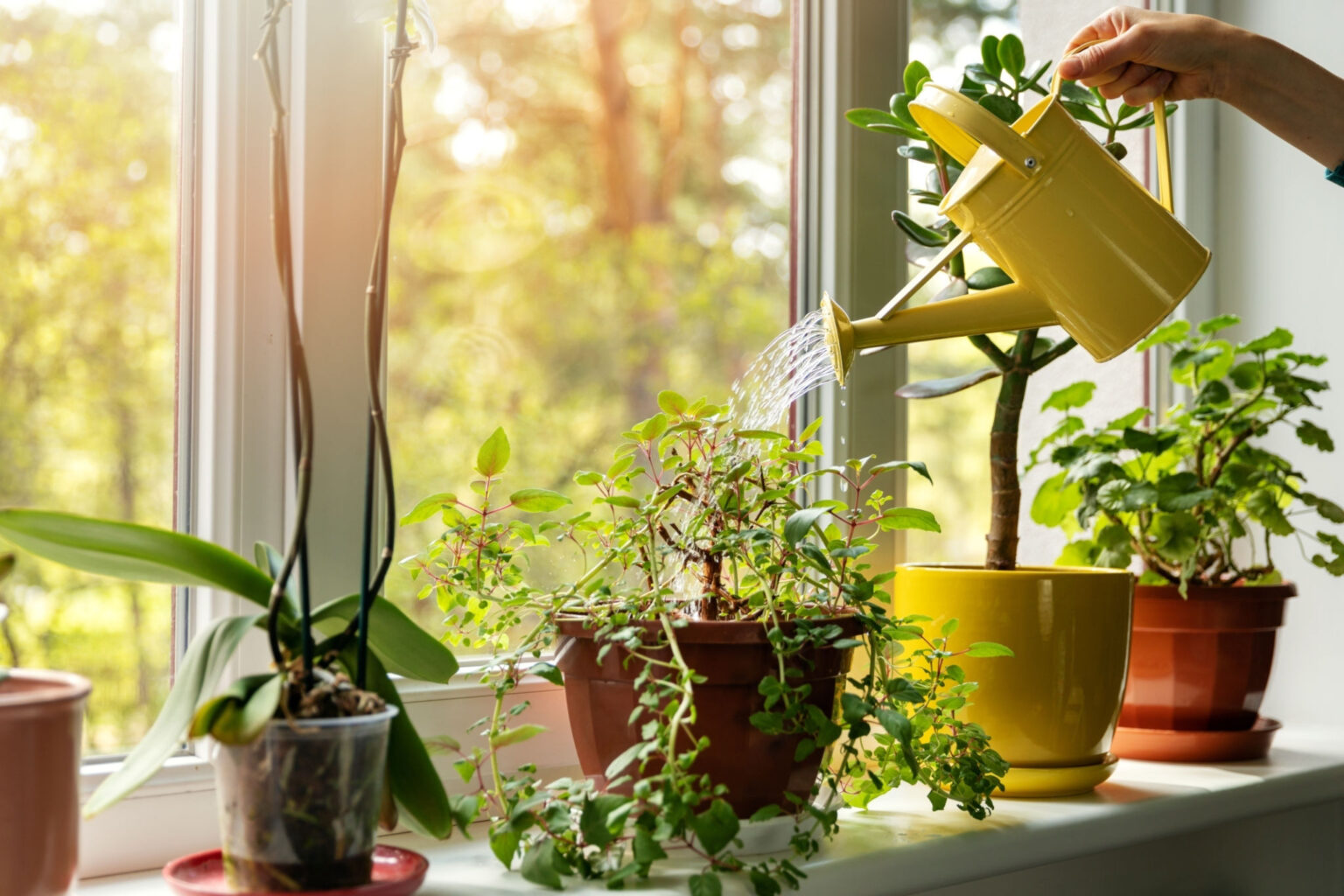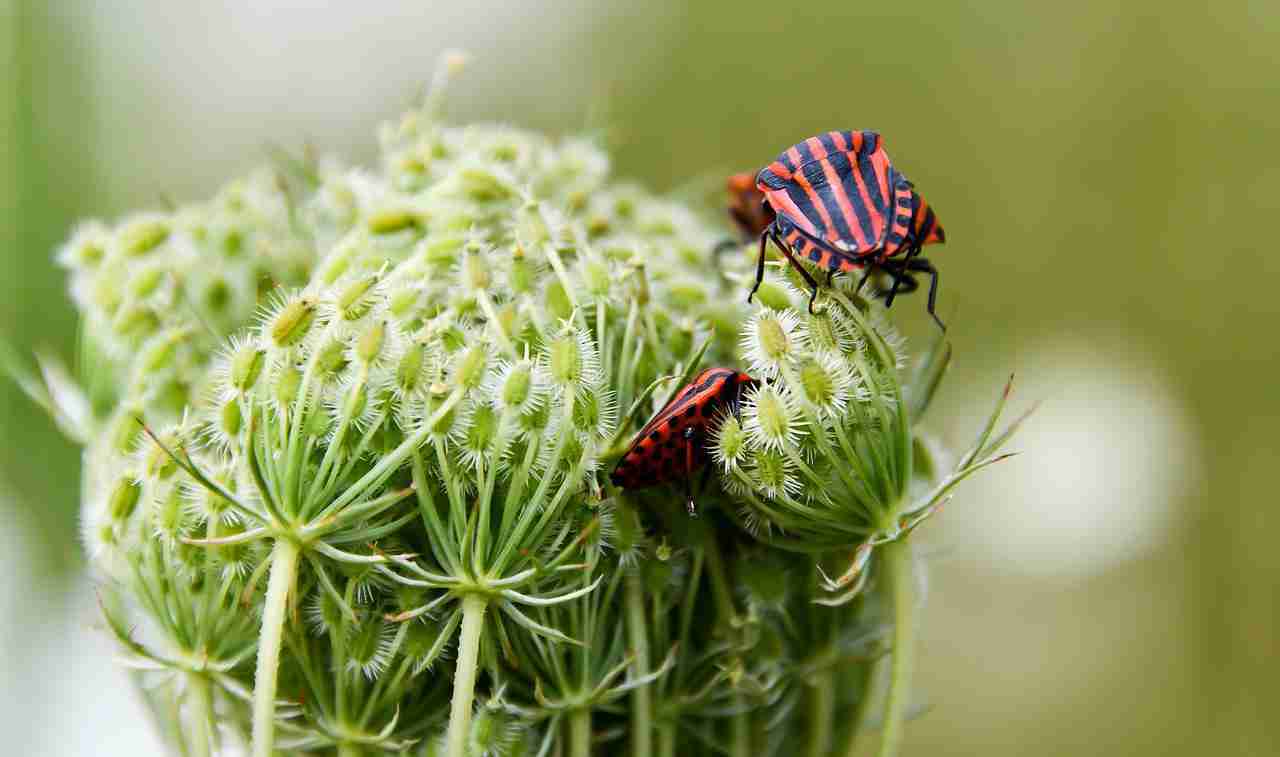Do plants attract bugs? The answer to this seemingly simple question unravels a fascinating tale of adaptation, survival, and the delicate balance of nature’s ecosystems. Join us as we delve into the captivating world of plant-bug interactions, where vibrant colors, alluring scents, and intricate shapes play a crucial role in the dance of life.
From the delicate petals of a rose to the towering heights of a redwood, plants have evolved an array of strategies to attract a diverse array of bugs. These tiny creatures, often overlooked, play a vital role in the plant’s journey of reproduction and survival.
Plant Adaptations to Attract Bugs

Plants have evolved fascinating adaptations to attract bugs for pollination and seed dispersal. These adaptations include vibrant colors, alluring shapes, and enticing scents.
Color: Flowers often exhibit bright and contrasting colors, such as red, yellow, and blue, which are highly visible to pollinators like bees and butterflies. These colors act as visual cues, guiding insects towards the nectar and pollen within the flowers.
Shape
The shape of flowers also plays a crucial role in attracting bugs. Many flowers have intricate structures that provide landing platforms for pollinators and facilitate efficient nectar collection. For example, the trumpet-shaped flowers of honeysuckle attract moths and hummingbirds with their long, narrow shape that allows for precise nectar extraction.
Scent
Scent is another powerful attractant for bugs. Plants release a wide range of volatile compounds that create distinctive fragrances. These scents act as chemical signals, guiding pollinators to the flowers. For instance, the sweet fragrance of jasmine attracts moths and night-flying insects, while the pungent odor of carrion flowers attracts flies and beetles.
Attracting bugs through these adaptations offers significant evolutionary advantages for plants. Pollination ensures the transfer of pollen between flowers, facilitating fertilization and seed production. Seed dispersal, on the other hand, helps plants colonize new areas and avoid competition with their parent plants.
The Impact of Bugs on Plant Growth and Health: Do Plants Attract Bugs

Bugs play a crucial role in the growth and health of plants. They can have both positive and negative effects on plant development, and understanding these interactions is essential for maintaining healthy ecosystems.
Positive Effects
- Pollination: Insects and other bugs are responsible for pollinating many plants, which is essential for seed production and plant reproduction.
- Seed Dispersal: Birds, mammals, and insects help disperse seeds over long distances, promoting genetic diversity and colonization of new areas.
- Nutrient Cycling: Decomposers, such as worms and fungi, break down organic matter and release nutrients back into the soil, making them available for plant uptake.
Negative Effects
- Disease Transmission: Some bugs, such as aphids and leafhoppers, can transmit diseases to plants, causing significant damage or even death.
- Pest Damage: Caterpillars, beetles, and other insects can feed on plant leaves, stems, and roots, reducing plant growth and productivity.
- Competition for Resources: Invasive bugs can compete with native species for food, shelter, and water, disrupting ecosystem balance.
Understanding the complex interactions between bugs and plants is crucial for managing ecosystems and promoting plant health. By balancing the benefits and risks associated with bugs, we can create sustainable environments that support both plant and animal life.
Managing Bug Populations in Gardens

Managing bug populations in gardens is essential for maintaining plant health and maximizing crop yield. Various methods, both organic and chemical, can be employed to control bug populations, each with its advantages and disadvantages.
Organic Methods
- Companion Planting: Planting certain species together that have mutually beneficial relationships, such as marigolds with tomatoes, can deter pests.
- Beneficial Insects: Introducing beneficial insects like ladybugs and lacewings can help control pest populations by preying on them.
- Neem Oil: A natural insecticide derived from the neem tree, neem oil is effective against a wide range of pests without harming beneficial insects.
- Garlic Spray: A mixture of garlic and water can repel pests due to its strong odor.
- Row Covers: Physical barriers made of fabric or netting can prevent pests from reaching plants.
Chemical Methods
- Insecticides: Chemical pesticides specifically target and kill pests, but can also harm beneficial insects and the environment.
- Herbicides: Chemical weed killers can indirectly affect bug populations by eliminating plants that provide food and shelter for beneficial insects.
- Fungicides: Chemicals used to control fungal diseases can also impact beneficial insects that feed on fungal spores.
Tips for a Balanced Ecosystem, Do plants attract bugs
Creating a balanced ecosystem in the garden supports beneficial bugs while minimizing pests. Consider the following tips:
- Diversity: Plant a variety of species to attract a diverse range of beneficial insects.
- Avoid Monocultures: Large areas of a single plant species can attract pests.
- Provide Shelter: Create habitats for beneficial insects by leaving piles of leaves or rocks.
- Minimize Pesticide Use: Use chemical methods sparingly and only when necessary.
- Encourage Native Plants: Native plants often attract beneficial insects adapted to the local ecosystem.
By understanding the different methods of managing bug populations and implementing a balanced approach, gardeners can effectively control pests while promoting beneficial insect populations, resulting in healthier plants and increased yields.